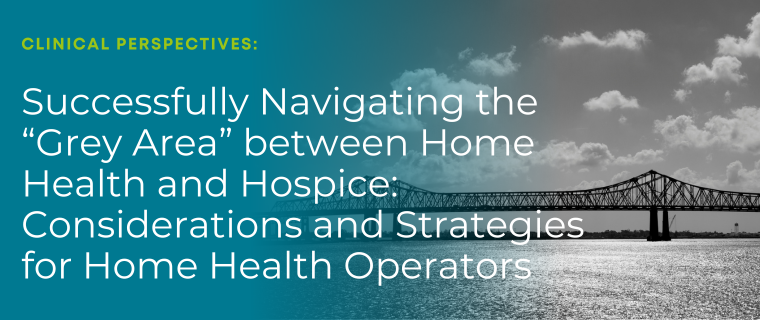Hospice Utilization Is Declining But Analytics Can Help
After analyzing the most recent data, hospice utilizationis on a continued decline, according the theHMR blog.
2015 rates are lower even than those of five years ago.This is surprising considering hospice’s ability to help improve care quality while diminishingoverall healthcare costs.
The blog further states:
…a state-by-state look between 2014 and 2015 shows very discouraging conditions:
- Just 11 states showed utilization growth from 2014 to 2015. Of those, 5 states had utilization growth of less than 1%. Of the remaining 6 states, only two (Arkansas and Maine) showed growth in excess of 2%.
- This is a significant decrease from last year in which 17 states experienced utilization growth, eight of which exceeded growth of 2%.
- 11 states experienced declines in excess of 5%. Two of these (Wyoming and Alaska) experienced declines in excess of 11%.
- This is actually better than 2014 in which 14 states experienced declines of +5%, with four of those at +11% declines.
The decline is disappointing considering families of patients who received at least 30 days of hospice care reported the highest quality of life outcomes–that’s according to a recentHarvard Medical School and Dana-Farber Cancer Institute study.
So if appropriate and timely hospice care leads to increased quality outcomes, why is hospice utilization in decline?
Dr. Preeti Malani of the University of Michigan in Ann Arbor says that when people have little or no hospice care, it’s often at least in part because patients and families didn’t know about their end-of-life care options soon enough.
“Candid discussions about end-of-life care with family and with the medical team caring for a patient need to happen sooner and in an ongoing manner,” Malani, who wasn’t involved in the study, said by email.
While caregivers realize the benefits of hospice care–according to a 2016 John A. Hartford Foundation study, 99 percent of physicians feel it is important for health care providers to have these conversations with patients, and 95 percent say they support the new Medicare benefit that took effect on Jan. 1, 2016–physicians and caregivers sometimes miss the mark in engaging in the end-of-life care conversation with their patients at the right time.
Nearly half (46 percent)[of physicians surveyed in the aforementioned study] report they frequently or sometimes feel unsure of what to say. Andless than one-third (29 percent)report having had any formal training specifically on talking with patients and their families about end-of-life care.
Not only that, physicians and caregivers have a difficult time identifying hospice patients–especially those who are expected to live longer than days or weeks.
That’s whereMedalogix Bridgecomes in:
Bridge leverages analytics to predict which patients could most benefit from hospice care and then helps home health care providers streamline steps toward appropriate and timely end-of-life care conversations.
Here’s an example of Bridge’s patient ranking which displays patients in order of their likelihoodto benefit from hospice care.
If you’re hoping to deliver more timely hospice care, many dual operators are finding success with MedalogixBridge.Jordan Health Services boasts a 300% increase in hospice days.If you’d like to learn more,let’s schedule a quick demo. We’ll show you how this technology could benefit your patients.
And, if you’d like a resource about effectively engaging in end-of-life care conversations, a 20-year hospice nurse assembledthis resource guidefor you and your team.
Related Blogs

HHVBP: A Winning Strategy for Home Health Providers
The start of 2025 has ushered in a wave of new realities for Home Health...

Pulse Referrals & Admissions: Real-world AI impact in a sea of hype
Throughout the tech space, including home health, much has been said rec...

Successfully Navigating the “Grey Area” between Home Health and Hospice: Considerations and Strategies for Home Health Operators
Amanda Fabozzi, PT, DPT Whether a patient should be served by hom...


